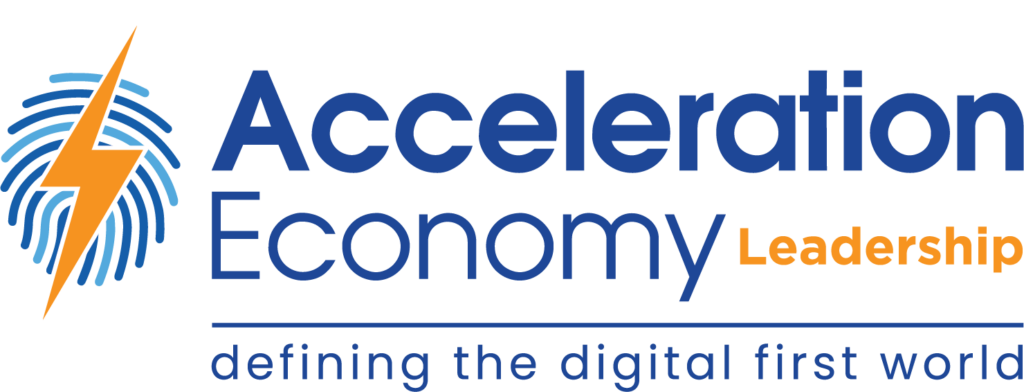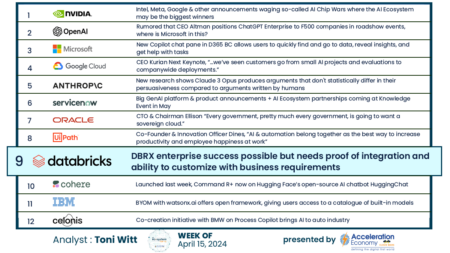In this Acceleration Economy Growth Swarm, John Siefert, Bob Evans, Tony Uphoff, and Scott Vaughan have a conversation about what it means for businesses to be agile in today’s business environment.
Highlights
01:34 — Agility tends to be a buzzy word that sometimes suffers overuse, but it’s still a critical subject within the context of business to really define what is business agility.
02:52 — Bob defines agility, using Salesforce‘s stock dip and recovery in the hours around the company’s recent earnings call as an example of agility to the extreme. Agility allows companies to move at the speed of the market and of their customers.
04:07 — Moving at the speed of customers can sometimes mean predicting demand before customers demand it. In another era, agility might’ve meant staying a step ahead of competitors. Business agility, in today’s environment, could mean being either ahead of or in sync with customers.
05:35 — Agility can be more difficult today, due to the sheer volume of inputs that might influence an overreaction. Fortunately, companies can achieve productive agility more easily in the current environment, thanks to access to cheaper, faster, and better technologies.
06:44 — Scott defines agility as being both customer and market-centric. The ability to lead markets includes innovation but places a larger emphasis on consistently reaching the next milestone. Agility in both software and in business is a difference-maker.
08:23 — Agility is easier said than done. Its internal aspect includes cross-functional teams whose members know how to collaborate and check their egos at the door when it comes to reimagining business models.
09:32 — Customer-centric, agile companies also need to be adaptive enough to rethink processes. Doing things the way they’ve been done in the past can hinder the adoption of the necessary technologies and strategies that make a business agile.
11:48 — Leaders in thriving organizations today move across those organizations through different roles. A culture of adaptivity and change comes from leaders who have adapted to new responsibilities within the company.
13:57 — Tony explains the advantages of hiring adaptable people who are “comfortable with ambiguity” and are prepared to handle being flexible in a constantly evolving business and technological landscape.
17:20 — An agile business must have some measure of trust in its leadership when things appear off-balance and the company’s immediate road ahead is unclear.
18:50 — Great leaders have to know when to stay the course despite frequent distractions.
21:32 — Today’s environment demands authenticity and directness in decision-making.
23:00 — Determining when and where a company needs to be more agile stems from smart data usage.
Want more tech insights for the top execs? Visit the Leadership channel:








